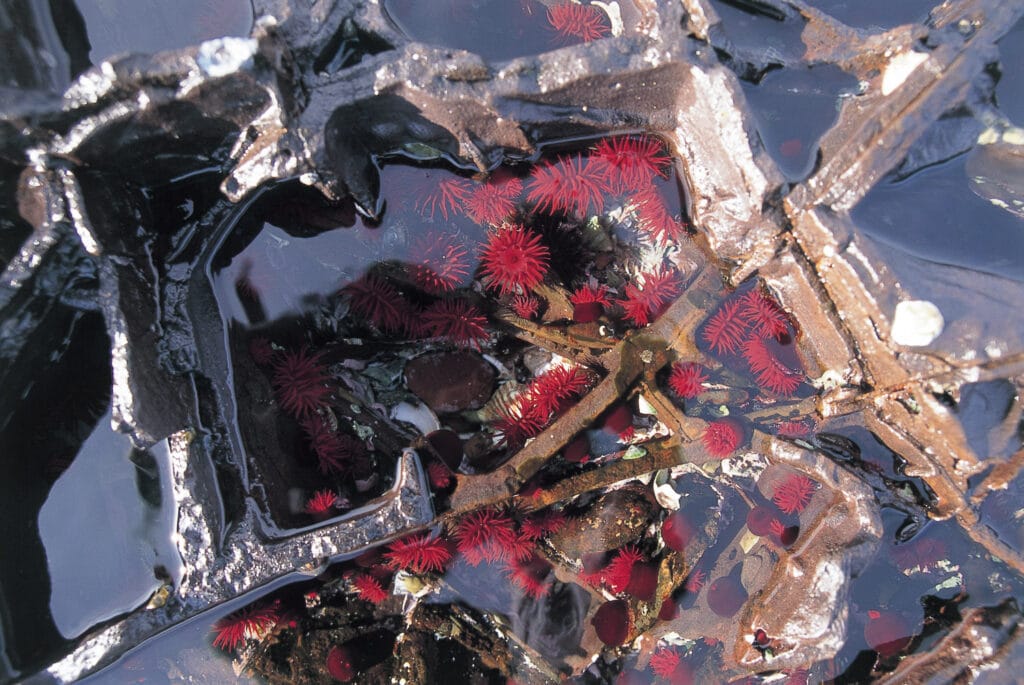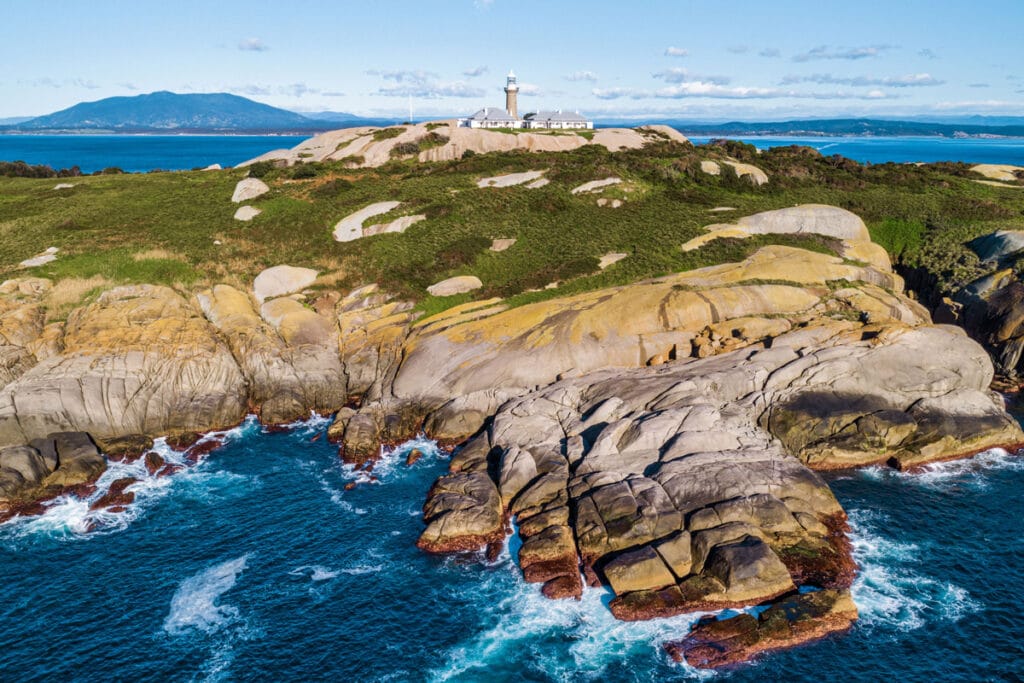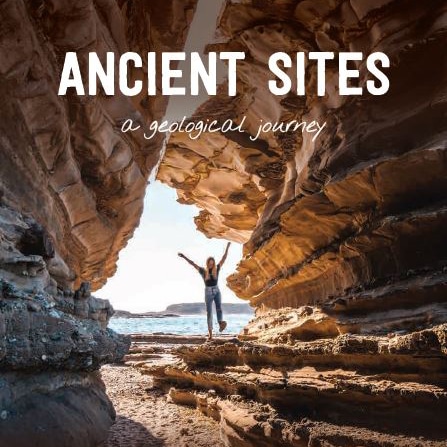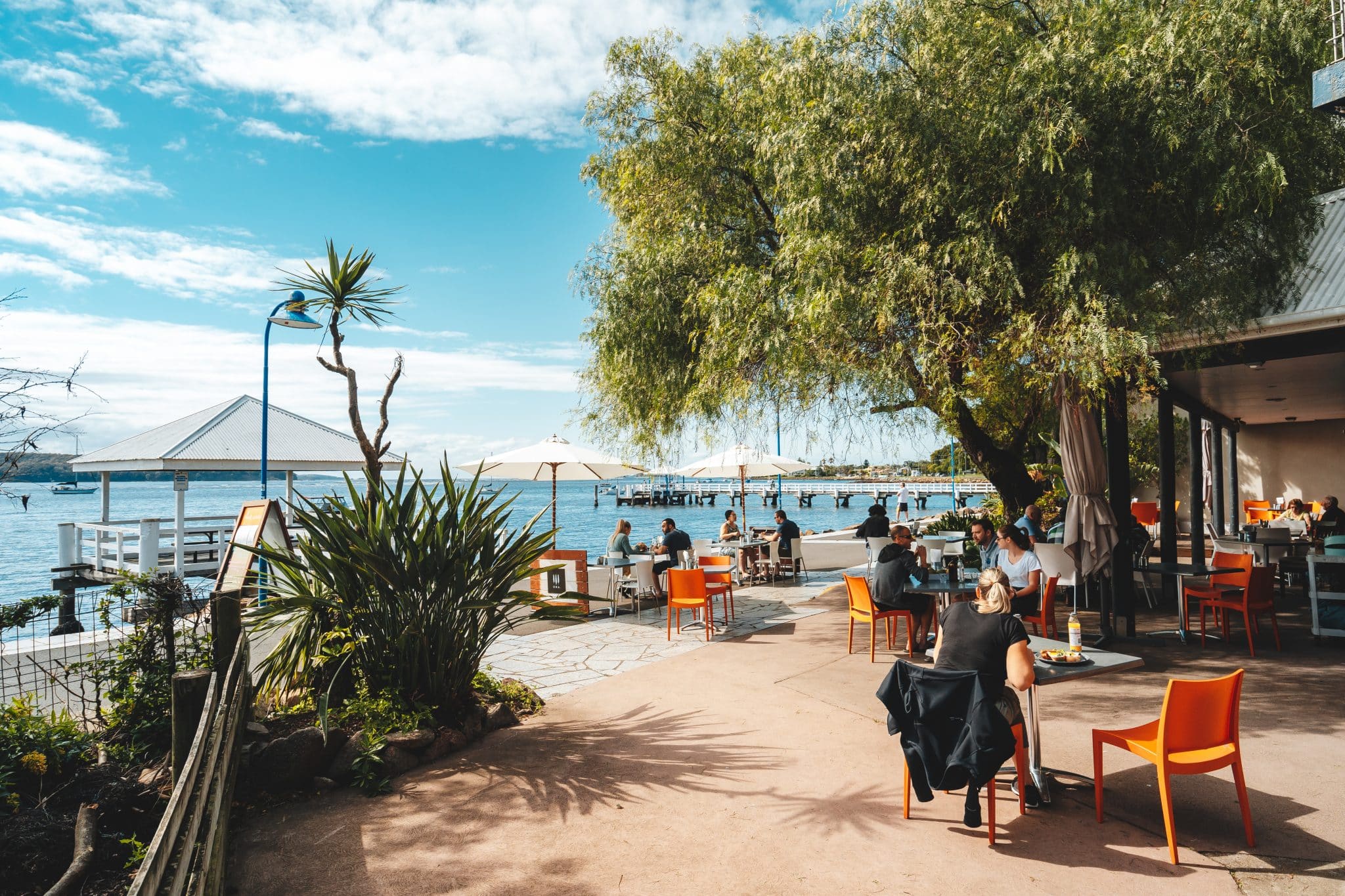The Ancient Geology of Eurobodalla
Eurobodalla is home to a world-class gallery of amazing geological formations of sandstone, siltstone, shale, granite and basalt.
You can take a geological journey in Eurobodalla with some sites dating back as far as 510 million years, while the coastline itself was shaped around 90 to 70 million years ago.
Observe a geological history from the stunning sandstone at the edge of the Sydney Basin at Durras to dramatic chert and mudstone rocks, with their angular faults and folds, rising from the sea at Mystery Bay. With Barunguba Montague Island as the captivating backdrop, a trip along Eurobodalla’s coast and into the mountain wilderness is a journey through time you’ll never forget.
Explore and learn more about the ancient sites of Eurobodalla, Australia’s answer to the ancient cities of Greece and the archeological sites of Easter Island.
Wasp head South Durras

An incredible journey
The golden colours of the sculpted sandstone cliffs, which form the exposed southern edge of the 280 million-year old Sydney Basin, are a unique treat at Wasp Head.
But the spectacle doesn’t end with these beautiful cliffs. Out on the rock ledge of the head, you will find the most fascinating rock formations including a display of ironstone box work—iron-rich sediment that has formed into a box-like pattern is spectacular and one of the highlights of Murramarang National Park.
Mystery Bay

Kink Zone
The geological term, kink zone describes rocks that have been subjected to intense pressure during the moving of tectonic plates.
Kinks zones are widely developed but particularly evident in this area of Eurobodalla’s coastline. At the northern end of Mystery Bay you can see a good display of this geological phenomenon. The bay and its dramatic rock outcrops arise from the sea and along the shoreline within a kink zone.
Barunguba Montague Island

Jewel in the crown
This incredible nature reserve is part of the Mt Dromedary Igneous Complex. The northern part of the island features an andesite lava extrusion from a volcanic eruption on Gulaga, about 95 million years ago in the Cretaceous period. The rocks formed through the activity of the ancient volcano are now impressive sculptural tors smoothed by weathering.
Until about nine thousand years ago the island was part of the mainland, connecting with Cape Dromedary, just south of Mystery Bay, by a sand spit.
Ancient Sites Brochure
A geological journey
Read about the geological significance of some of the most iconic and beautiflu landmarks in Eurobodalla including:
- Murramarang National Park
- Bendethera Cave
- Glasshouse Rocks
- Barunguba Montague Island
- Mystery Bay
- Gulaga Mountain









